Important Facts About Compaction To Ensure a Perfect Artificial Turf Installation Every Time
June 30, 2023
When installing synthetic turf landscaping, it’s crucial to ensure that each step of the installation process goes smoothly; this begins with proper soil compaction before you can start to think about the turf itself. Even if you have the best quality synthetic grass money can buy, if your soil compaction isn’t executed correctly, you’re likely to have issues with your artificial turf lawn in the years to come.
If you’re choosing to go the DIY route when installing synthetic turf landscaping, here is some vital information regarding compaction and why it’s important to ensure that the laying course and sub-base of your artificial lawn are adequately compacted.
Choose the Right Sub-Base Aggregate
When selecting the aggregates for your sub-base installation, there are two options: MOT Type 1 or granite/limestone chippings. In most circumstances, it is recommended to use Type 1, compacted to a layer between two to four inches deep.
For installations in gardens and small residential outdoor spaces, two inches of type 1 will make for an adequate sub-base. However, for more heavy foot traffic areas, using a layer compacted to four inches deep is optimal. This way, your turf will have the capability of withstanding frequent foot traffic. In rare cases, choosing a sub-base comprised of granite or limestone chippings may be ideal.
Laying the Course Aggregates
For the laying course, one inch of granite or limestone is recommended. Whether you use granite or limestone doesn’t matter – just use what is locally available.
However, it is not recommended to use any type of sharp sand. In the early days of artificial turf installation, many contractors would put down a layer of compacted sharp sand before laying the synthetic turf. While this works fine for block paving, it’s not quite the same with artificial grass.
The key difference is that artificial turf allows up to 30 gallons of water to drain through its perforated backing per square meter per minute. Essentially, this means that during any type of heavy downpour, exorbitant amounts of water will pass through your synthetic turf and the layer of sharp sand beneath. Over time, the water will start to erode parts of the sharp sand laying course, and undulations will begin to appear on the surface of your lawn, caused by movement in the laying course.
Granite dust is ideal for the laying course as it is a far coarser material. It will hold its compaction and also allow water to pass through without moving the laying course.
Where Possible, Use a Vibrating Plate Compactor
Both your sub-base and laying course will require adequate compaction to prevent dips and undulations from appearing in your artificial lawn. To accomplish this, you will need a vibrating plate compactor. A professional contractor will already have one of these at their disposal, but for DIYers, these can easily be obtained from your local tire shop. For any areas that can’t be reached with a plate compactor, such as when installing artificial grass ribbons, using a hand tamp is the next best thing.
Don’t Compact Your Sub-Base on Waterlogged Earth
Water plays an essential part in the compaction of sub-base material. After you import and level your sub-base material, be it Type 1, chippings, or the granite/limestone dust laying course, it is recommended to saturate the aggregate. By doing this, you’ll help with the compaction of the material.
Nonetheless, there is a fine line between insufficient and too much water. You will want to double-check that the water permeates the entire depth of the sub-base material from top to bottom, but you’ll want to avoid flooding the surface. If your base is too wet, you’ll find that your plate compactor will sink too deep into the surface. If this happens, simply allow the aggregate to dry out.
Finally, be sure to pay close attention to any material that adheres to the bottom of the plate compactor. You’ll need to routinely clean the underside of the plate to avoid leaving grooves on the finished surface.
If you’re looking to implement synthetic grass landscaping at your Sacramento residential or commercial property, Synthetic Grass Warehouse has got you covered. We are proud to serve as the top synthetic grass supplier in the Sacramento area and carry a wide variety of first-class synthetic turf options and installation accessories to make for a seamless installation experience. Find the perfect synthetic grass for your next commercial or residential landscaping project by calling us for a free consultation at 916-797-0682 or filling out our contact form.







